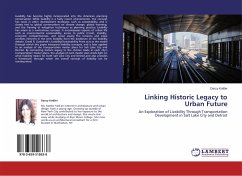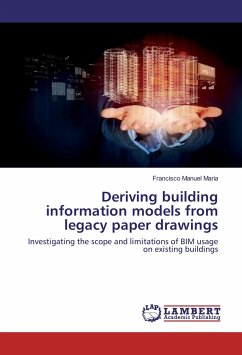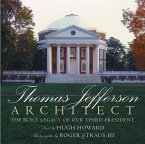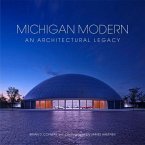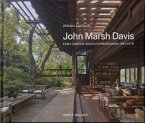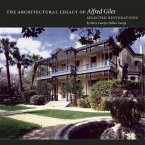Livability has become highly incorporated into the American planning conversation. While livability is a fairly recent phenomenon, the concept has roots in other development strategies, such as sustainability, and is closely tied to global conversations on climate change, global warming, and the framing of mitigation techniques as planning practice. Livability has arisen as a contentious concept. It encompasses aspects of urban life such as environmental sustainability, access to public transit, mobility, economic competitiveness, and social equity. The tensions and value conflicts inherent in the term livability form the backbone of the livability debate. David R. Godschalk's Livability/Sustainability Prism acts as the model through which this paper interprets livability concepts, and is later applied to an analysis of the transportation master plans for Salt Lake City and Detroit. By connecting historic legacy to the choices made in each city's transportation master plans, the analysis of each master plan sheds light on what livability means for both Salt Lake City and Detroit,and also provides a framework through which the overall concept of livability can be reinterpreted.
Bitte wählen Sie Ihr Anliegen aus.
Rechnungen
Retourenschein anfordern
Bestellstatus
Storno

